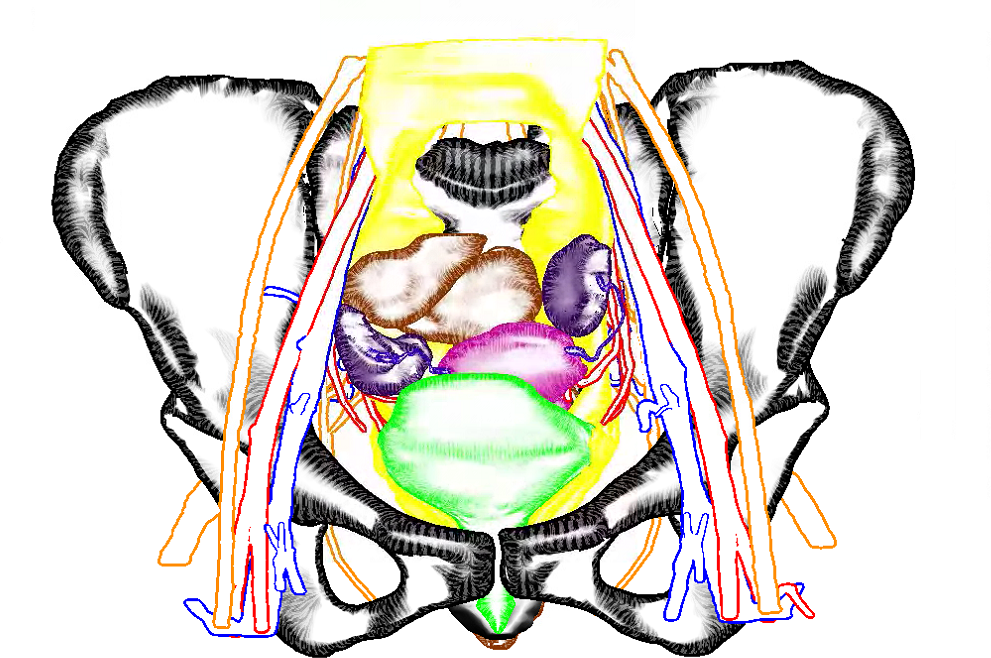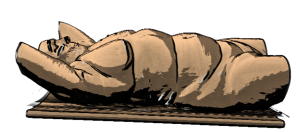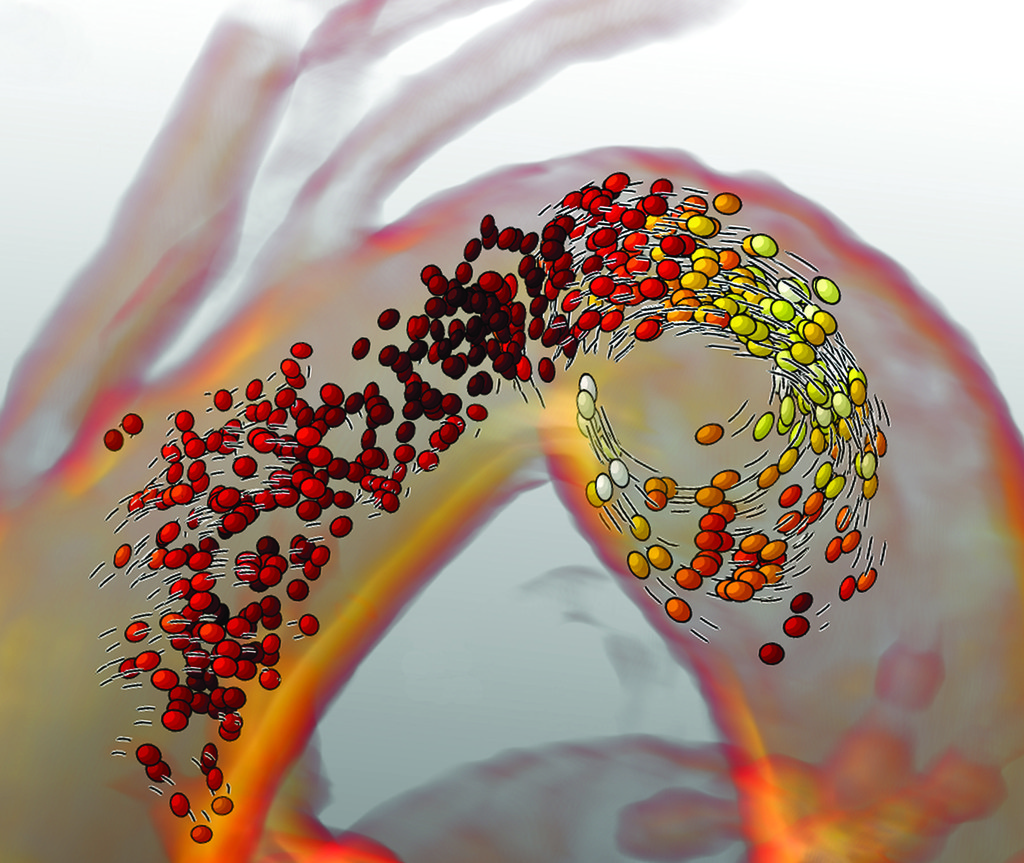Our paper ‘ Sline: Seamless Line Illustration for Interactive Biomedical Visualization’ was accepted for presentation at VCBM 2016, the 6th Eurographics Workshop on Visual Computing for Biology and Medicine. I’ve attended all VCBM editions since 2012, and am happy I can attend this one as well in Bergen, Norway. Which is extra convenient, since it’s my new hometown! I accepted a position as a researcher in the amazing visualization group at the University of Bergen and just started this week ^^
Back to Sline though, it’s a cool technique where you can pick an illustrative rendering style per structure using a single parameter slider. Behold:

authors: Nils Lichtenberg, Noeska Smit, Christian Hansen, and Kai Lawonn
abstract: In medical visualization of surface information, problems often arise when visualizing several overlapping structures simultaneously. There is a trade-off between visualizing multiple structures in a detailed way and limiting visual clutter, in order to allow users to focus on the main structures. Illustrative visualization techniques can help alleviate these problems by defining a level of abstraction per structure. However, clinical uptake of these advanced visualization techniques so far has been limited due to the complex parameter settings required.
To bring advanced medical visualization closer to clinical application, we propose a novel illustrative technique that offers a seamless transition between various levels of abstraction and detail. Using a single comprehensive parameter, users are able to quickly define a visual representation per structure that fits the visualization requirements for focus and context structures. This technique can be applied to any biomedical context in which multiple surfaces are routinely visualized, such as neurosurgery, radiotherapy planning or drug design. Additionally, we introduce a novel hatching technique, that runs in real-time and does not require texture coordinates. An informal evaluation with experts from different biomedical domains reveals that our technique allows users to design focus-and-context visualizations in a fast and intuitive manner.


